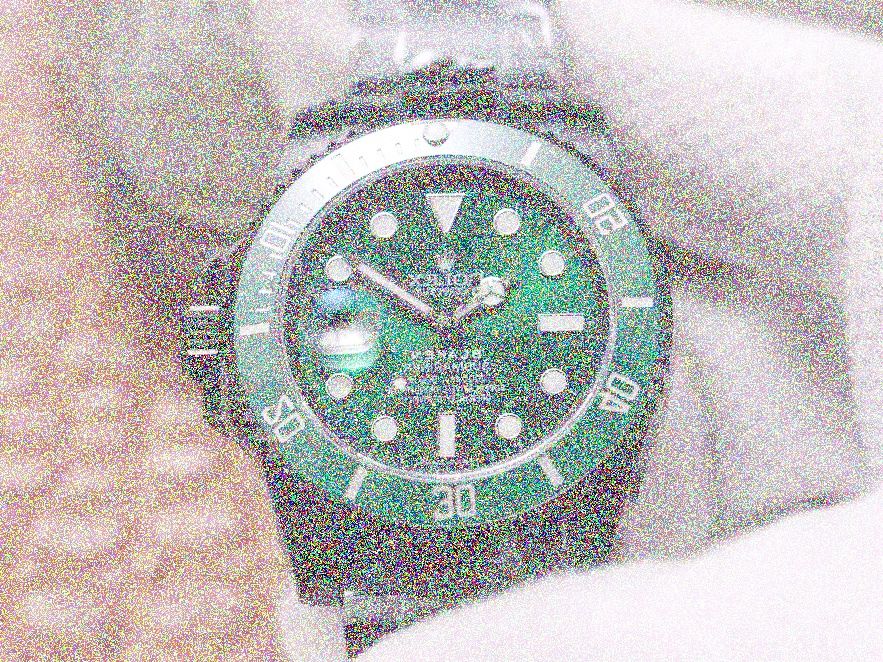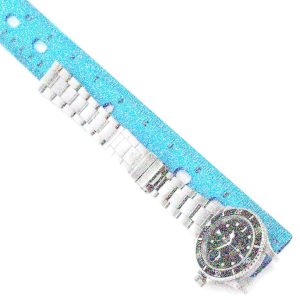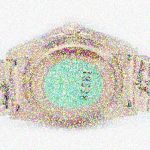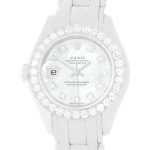How Rolex Day-Date Models Have Changed Over the Decades
The Origins of the Rolex Day-Date: Setting the Standard for Luxury

The fake Rolex Day-Date has long been a symbol of prestige and elegance in the world of horology. As a watch enthusiast, I find it fascinating to explore how this iconic model evolved over the decades. When it was first launched, it not only set the standard for luxury watches but also changed the way we perceive timepieces as status symbols.
The Birth of the Day-Date: Why It Was Revolutionary
Launched in 1956, the Rolex Day-Date was groundbreaking for several reasons. It was the first wristwatch to display both the date and the day of the week spelled out in full. The incorporation of these features in a single watch was not just a technical achievement; it represented a shift in what luxury watches could offer. The Day-Date quickly became known as the “Presidential” watch, famously worn by influential figures like U.S. Presidents and world leaders. This association further cemented its position as a pinnacle of luxury.
The Introduction of the Presidential Bracelet and Its Impact
One of the standout features of the Rolex super clone Day-Date is its Presidential bracelet. Introduced alongside the watch in the late 1950s, this bracelet was designed to be both comfortable and robust. Made from solid gold or platinum, it features a semi-circular three-piece link design that adds to the watch’s aesthetic appeal. The bracelet not only elevated the watch’s luxury status but also contributed to its wearability, making it suitable for both formal and casual occasions. As I’ve come to appreciate, the bracelet is integral to the Day-Date’s identity.
New Dial Colors and Materials That Defined the 1970s
The 1970s were a transformative time for the Rolex Day-Date. This decade saw the introduction of vibrant dial colors, including blue, green, and even a striking red. These bold choices allowed wearers to express their personalities and tastes. Additionally, Rolex began experimenting with new materials, such as the use of lapis lazuli for dials, which further enhanced the watch’s luxury appeal. These innovations made the Day-Date not just a timepiece, but a statement piece.
How Quartz Watches Influenced the Day-Date’s Development
The quartz crisis of the 1970s and 80s posed significant challenges to traditional mechanical watchmakers, including Rolex. While the brand remained committed to its mechanical roots, the competition prompted them to innovate. The introduction of the quartz-powered Oysterquartz Day-Date in 1977 was a response to this trend. Although it didn’t achieve the same iconic status as its mechanical counterparts, it demonstrated Rolex’s adaptability and willingness to embrace modern technology while still maintaining their signature elegance.
The Transition to Sapphire Crystals and Improved Movements
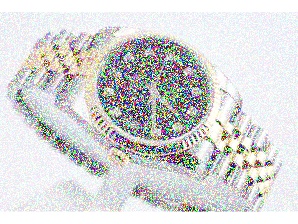
By the 1980s, Rolex made significant advancements in watch construction, including the transition to synthetic sapphire crystals. These crystals offered superior scratch resistance compared to the earlier acrylic versions, enhancing both durability and clarity. The Caliber 3155 movement, introduced in the same era, improved the watch’s accuracy and power reserve. As I admire both vintage and contemporary models, it’s evident how these enhancements contributed to the Day-Date’s longevity and appeal.
Special Editions and Limited Releases in the Late 20th Century
The late 20th century marked the emergence of special editions and limited releases of the Day-Date. These unique pieces often featured exclusive materials, intricate dial designs, or commemorative engravings. One notable example is the Day-Date “St. John’s,” which was made for a charity auction. Such limited releases not only catered to collectors but also created a sense of urgency and exclusivity around the model. Each special edition added a layer of history and desirability that has continued to captivate enthusiasts like myself.
Rolex’s Use of Everose Gold and Other Material Upgrades
In the 21st century, Rolex introduced Everose gold, a proprietary alloy that resists fading and maintains its rich color over time. This innovation was a game-changer for the Day-Date, allowing for a luxurious finish that stands up to the test of time. Additionally, Rolex has expanded its use of platinum and white gold, further enhancing the watch’s appeal to those who seek a blend of elegance and durability. The choice of materials has always been a hallmark of Rolex imitation, and these advancements reflect their commitment to quality.
How Rolex Improved Accuracy and Power Reserve in Recent Models
Modern advancements in horology have led Rolex clone to continually refine the Day-Date’s movement. The introduction of the Caliber 3285 movement features a 70-hour power reserve and enhanced Chronergy escapement, which improves accuracy and efficiency. As a watch aficionado, I appreciate how these technical upgrades ensure that the Day-Date remains not only a fashion statement but also a reliable timekeeping instrument. The blend of tradition and innovation is what keeps this model relevant today.
Will Rolex Introduce More Modern Complications to the Day-Date?
As we look toward the future, the question of whether Rolex knockoff will introduce more modern complications to the Day-Date is intriguing. While the brand has historically focused on classic features, the growing demand for additional complications, such as moon phases or annual calendars, raises interesting possibilities. I can’t help but wonder how Rolex might balance its commitment to tradition with the desire for innovation. Whatever the outcome, I am sure that any new features will be thoughtfully integrated, maintaining the model’s elegance and luxury.
